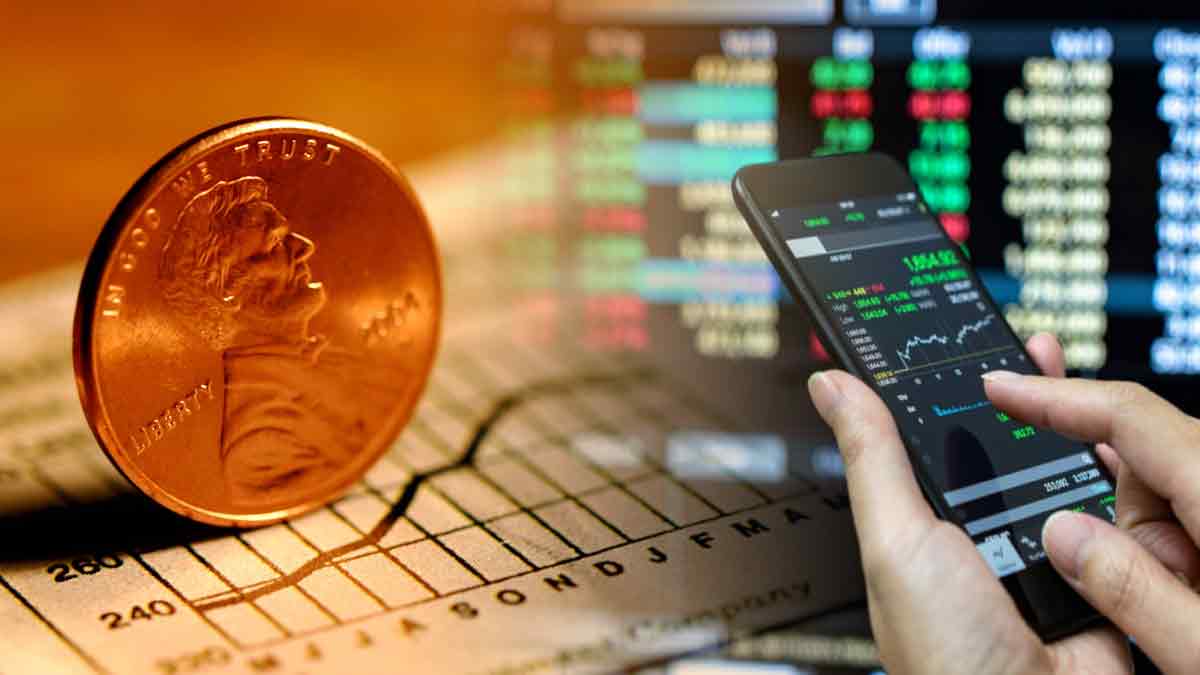The worlds of economics and finance can seem to be an endless maze of terms, concepts, and jargon that leave many confused. The two components are secondary and primary markets. They play separate yet interconnected parts in the journey that a security makes (stocks or bonds). This article aims to clarify these stages, providing insight into how companies raise funds and how traders can navigate the world of trading.

The Primary Market
Imagine a growing business that is strained by its cash flow. Markets are that businesses can raise capital via the issue of new securities. This is a process that’s connected to the Initial Public Offering, where the company is newly founded goes public. In an IPO investors are offered a chance to own part of the company’s future.
However, the primary market doesn’t only apply to IPOs. Companies can also raise funds by other methods, such as through the issuance of new securities or bonds directly at institutional investors or selling additional shares following the IPO. Whatever the offer is, the primary market can be a crucial tool for companies that want to grow.
The Trading Floor The Secondary Market
What happens when companies raise capital through the main market? This is when the lively secondary market comes into play. It’s like a stock market, where investors are able to trade their securities. The secondary markets facilitates the buying and selling of existing securities.
Investors can benefit by the secondary market in one major way – through liquidity. Liquidity refers to the ease with which an investment can either be bought or sold. When a company’s securities are listed on the secondary markets (like NYSE or NASDAQ) it allows investors to enter their positions and leave them quickly, allowing flexibility as well as potential higher yields.
The Circle of Securities – from IPO to Everyday Trade
Consider the lifecycle that a security goes through. By offering its shares through an IPO (primary market), a company creates the conditions to allow the shares to be traded in the secondary market. Once listed, these shares are able to be purchased and sold by investors, creating price swings based on supply and demand. The constant cycle of buying and selling on secondary markets plays a crucial role in price discovery.
Why should investors care? Understanding Both Markets
Knowing the primary and secondary markets is crucial for investors. The primary market provides investors with the opportunity to invest at the beginning of the company’s development and earn high returns if it thrives. IPOs may be volatile, and therefore have a greater risk for investors.
Investors in secondary markets can select from a variety of options. This lets them make informed decisions based on market and research analysis. Although secondary markets might offer greater liquidity, they don’t necessarily offer the same opportunities for rapid market growth as primary markets.
Investment: Choosing Your Market Entry Point
Your personal objectives in investing and your personal level of risk tolerance will determine the extent to which you decide to focus on secondary markets. Investors who are looking for high growth potential must be cautiously evaluating IPOs. People who want security and stability will find that established companies that are listed on secondary markets appeal to these investors.
The Continuous Cycle The Continuous Cycle: Market Dynamics and Finance Growth
The primary market as well as secondary market work hand in hand to fuel stock markets. Businesses raise capital to expand through the primary market, while investors purchase securities that are already in circulation on secondary markets. This creates a dynamic market that affects not only the health and fortunes of businesses individually, but the overall economy.
In the end, a clear explanation of the Two Stages
Investors are better able to navigate the complex world of finance when they are aware of the distinctions between the primary market and secondary market. This information will allow you to make better investment decisions and may help you achieve your financial goals.